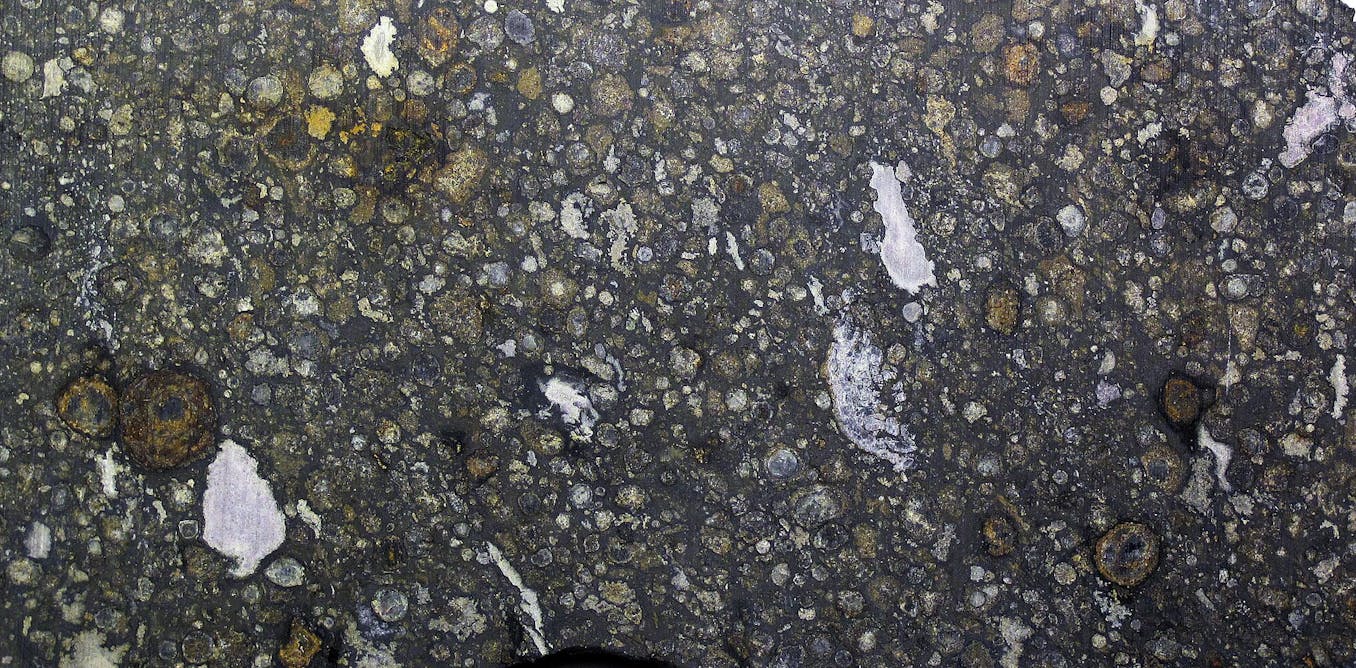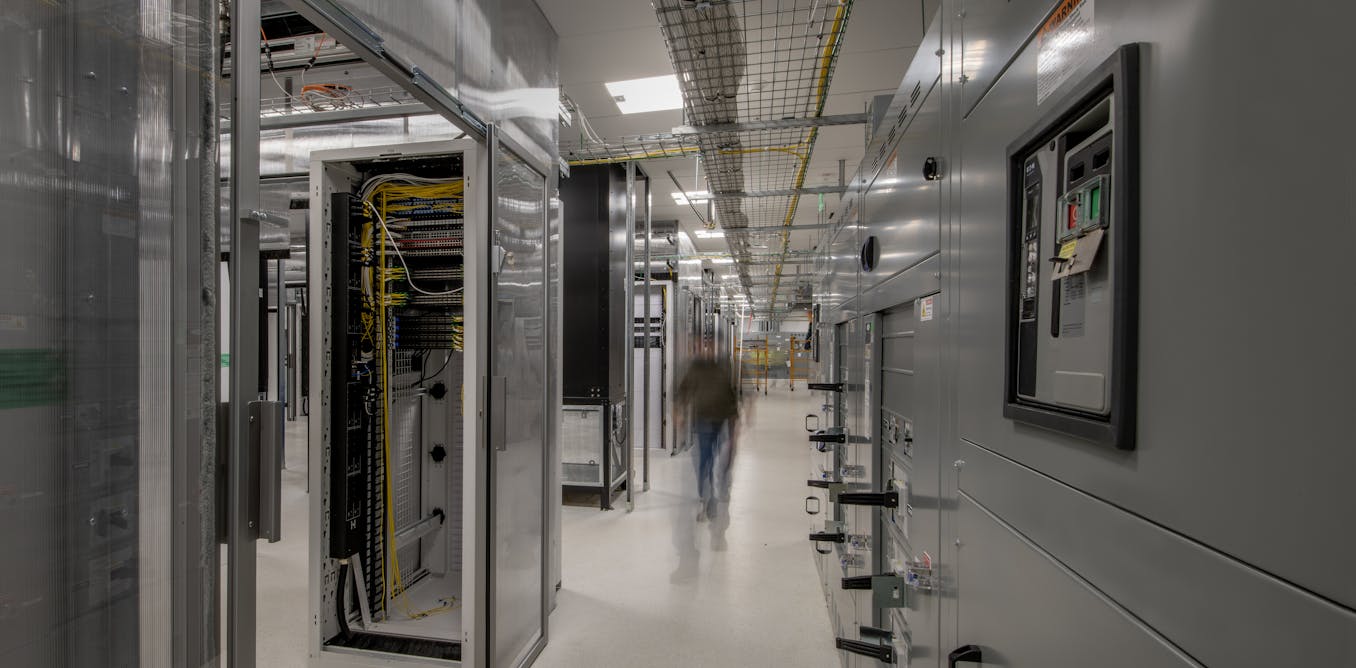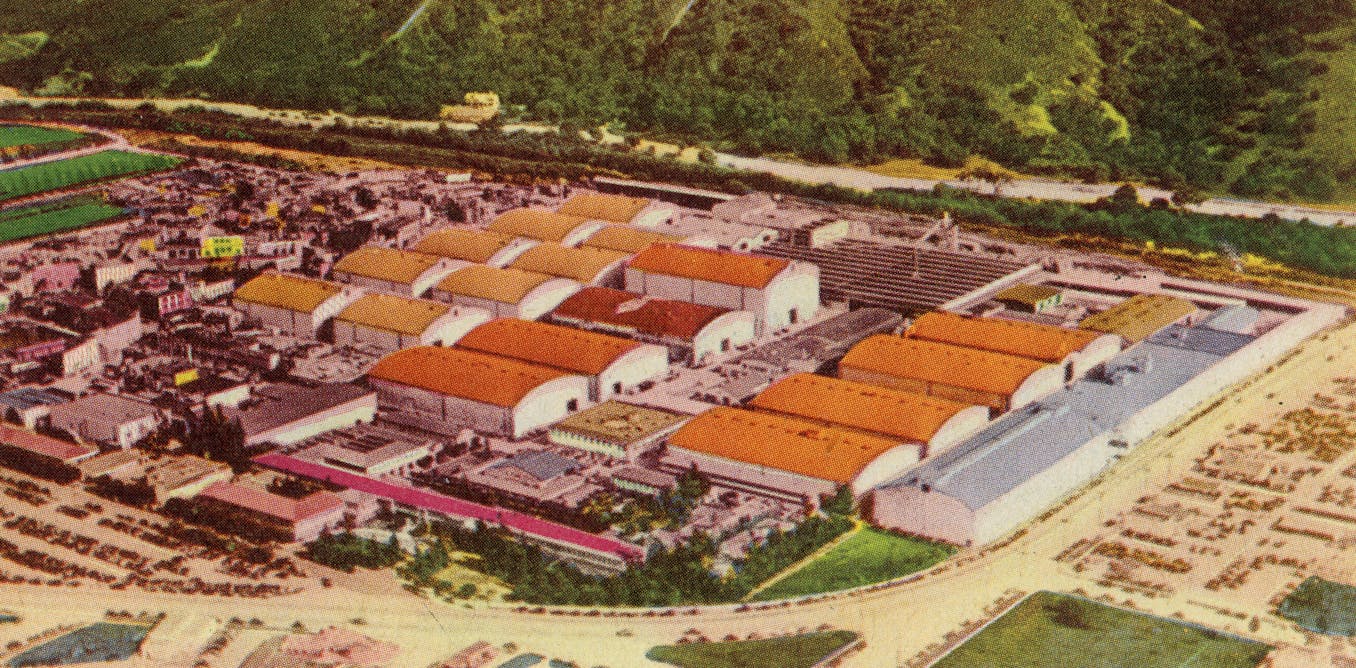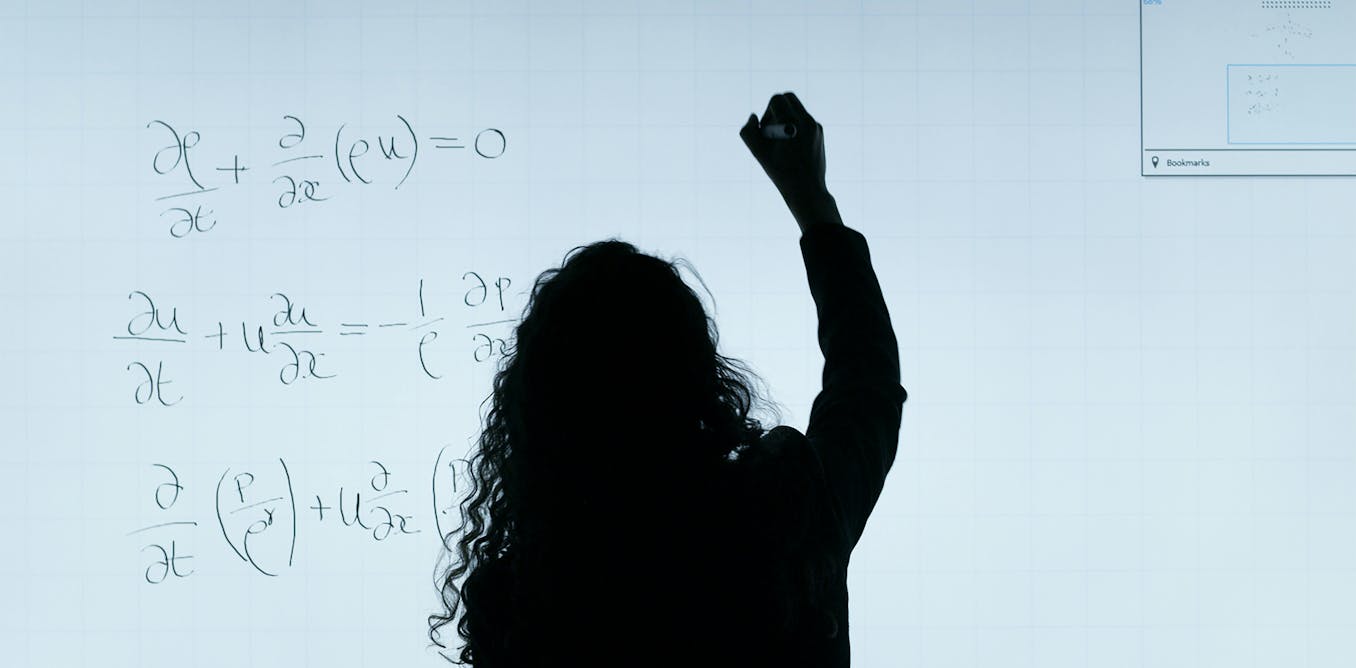In 2020, during the SARS-CoV-2 pandemic, many people had a deeply emotional, intensely personal, and perhaps somewhat obsessive relationship with a macroscope. Even if you were unfamiliar with the concept, each day — perhaps several times a day — you might have peered anxiously through the lens of your macroscope of choice, and what you saw determined whether your day would be one marked by anxiety or relief, hope or despair.
It’s likely that your macroscope was one of the many web-based COVID-19 dashboard tools that tracked the spread of the virus. Depending on your interest, you may have chosen a global tracker, such as the one from the World Health Organization; a national model, such as those from Johns Hopkins or the CDC; or a more local tracker like the one produced by your state department of health.

At a time when it was easy to feel overwhelmed with information, these COVID macroscopes brought order and insight. They took a massive amount of data and made it both legible and usable through visualization. Labyrinthine spreadsheets became elegant graphs and maps that clearly communicated COVID trends and geospatial spread.
Just as importantly, these macroscopes respected the human dimension of data by making it interactive, almost tactile. You could filter the data to inform personal decisions for you and your family, or you could direct your search to monitor the situation of loved ones in other locations. It’s no wonder that, for many, our first experiences with a macroscope were as deeply emotional as they were informative.
As its name suggests, a macroscope is an instrument for making large-scale entities (macro-) visible to the eye (scope). The term started popping up in scientific literature in the 1950s, but it received its fullest articulation in Joël de Rosnay’s 1979 book, The Macroscope: A New World Scientific System. For de Rosnay, a French biologist and computer scientist with a strong focus on the future of research technology, the macroscope would be the “symbol of a new way of seeing and understanding.” It was to be a tool “not used to make things larger or smaller but to observe what is at once too great, too slow, and too complex for our eyes.”
Having collected, supported, and promoted macroscopes as curators of the Places & Spaces exhibit for over a decade and having written about them as co-authors of the Atlas of Macroscopes, we have seen first-hand the power and potential of interactive data visualizations.
The macroscopes featured in the exhibit and companion book combine high-quality datasets, computational power, and data visualization techniques to provide a big-picture view of subjects that are often too large and too complex to comprehend from an individual perspective. Whether it’s the structure of the cosmos or worldwide weather patterns, healthcare inequalities or refugee migration routes, macroscopes can help make sense of patterns, trends, or outliers in data.

When faced with topics of great complexity, the motto of the macroscope is: “It’s complicated, but not incoherent.” And this is what makes macroscopes necessary at this moment in time.
In an era marked by global pandemics, worldwide ecological disasters, and destabilizing international conflicts, we are reminded daily that we exist within a deeply interconnected global network. Some of the most powerful forces shaping our lives will not be simple, local, and linear; they will be multi-causal, far-reaching, and hydra-headed. Above all, they will contain lots and lots and lots of moving parts.
To make sense out of this tangle of connections and contingencies, many macroscopes employ computational models to reveal the key economic, medical, political, educational, or ecological relationships that are often invisible to all but the experts.
Consider, for example, the global food supply chain. We all may intuitively understand how a grape blight in Italy could lead to a shortage of wine in Europe. What’s less obvious is how a shock to U.S. soybeans can harm pork production in places as far away as Panama, Egypt, and Indonesia. But these are just the kinds of dependencies that become clear when interacting with The Whole Picture, a global supply chain macroscope from the Complexity Science Hub in Vienna, Austria. Utilizing a sizable collection of production and trade data, alongside a network model that accounts for both food and the materials needed to produce it, this macroscope depicts the effects of localized shocks to agricultural production on specific markets around the world. Through intuitive functions and elegant design, it powerfully conveys the interdependent nature of our global community.

Macroscopes are well-suited to take in data from elaborate systems, identify patterns through analysis, and reveal vital relations that might be obscured by that system’s size and complexity. This ability is especially needed when dealing with a difficult social problem for which there are no clear-cut causes or sure-fire solutions. During the height of the opioid epidemic in the U.S., the National Opinion Research Center partnered with the Appalachian Regional Commission to create the Appalachian Overdose Mapping Tool. This interactive dashboard brought together a wealth of drug mortality and demographic data that allowed users to compare county-level overdose rates with the socioeconomic conditions in that area.

Like most macroscopes, the Appalachian Overdose Mapping Tool is designed to be useful to experts but also accessible. Its intuitive interface and easy interactivity make it possible for a broad range of users to dive right into the data and begin pursuing their own lines of inquiry. The wide on-ramp into the data means that everyone from researchers, journalists, and policymakers to healthcare providers, community leaders, and families on the frontlines of the crisis can all make informed decisions about where limited resources might be best directed. Indeed, the Mapping Tool proved so useful that the Department of Agriculture commissioned a national version to be built in 2020.

As portals to continuously evolving data, macroscopes can serve as windows to the dynamics of any terrain — personal or professional, local or global — offering key insights on our surroundings and even our place in the universe. This incredible topical range becomes evident with even a cursory glance at the subjects covered by the macroscopes featured in the Atlas of Macroscopes and the Places & Spaces exhibit, including:
- Economic inequality (Opportunity Atlas).
- Urban planning (Spatial Equity NYC).
- Public wellbeing (Social Determinants of Health Visualization Tool).
- Global media (Mapping Global News).
- International research collaborations (Excellence Networks).
- The job market (Making Sense of Skills).
Macroscopes also cater to a wide variety of interests, including astronomy (The Cosmic Web), ornithology (Cracking the Mystery of Egg Shape), news (Watson News Explorer), politics (Politoscope), history (Histography), and culture (Charting Culture), to name a few.
And while macroscopes are tools of intellectual exploration and discovery first and foremost, they are often capable of stunning beauty. The Barabasi Lab’s Nature 150, for instance, conveys the importance of intellectual influence by creating a galaxy-like network of scientific papers and allowing users to travel through its colorful constellations of nodes and links.

Elsewhere, the graceful lines and vivid colors with which the macroscope Earth, by Cameron Beccario, visualizes global weather patterns give it a beauty that rivals your favorite Impressionist painting.

Macroscopes can be a vehicle for the type of intellectual pleasure that accompanies the acquisition of new knowledge, the discovery of a hidden connection, or the arrival at a new insight, but they can also just be a lot of fun to play with. Matan Stauber’s Histography features a time spiral of significant events that takes users on a dizzying journey billions of years into the past.
Another macroscope, River Runner by Sam Learner, allows users to place a drop of water anywhere in the world and follow it as it makes its way through streams, tributaries, and rivers, tracing a path to the ocean or an inland sea. We may all know that flowing water is no respecter of city limits, state lines, or national borders, but once we’ve taken River Runner’s hydrocentric journey, we understand on an experiential level the way our shared resources bind us all together.

It’s this message of interconnectedness, and the reminder that resources both natural and intellectual tend to overflow the boundary lines we draw around them, that could represent the most important contribution of macroscopes. In a deeply interconnected world, all challenges are shared challenges because all fates are intertwined. To see this, we need a macroscopic perspective — one that encompasses both component and system, detail and context, local action and global ramification. Otherwise, complexity may remain only felt, not seen.
This article Macroscopes help us see the invisible connections that tie our world together is featured on Big Think.

The post “Macroscopes help us see the invisible connections that tie our world together” by Katy Börner, Elizabeth G. Record, Todd N. Theriault was published on 10/27/2025 by bigthink.com




































Leave a Reply